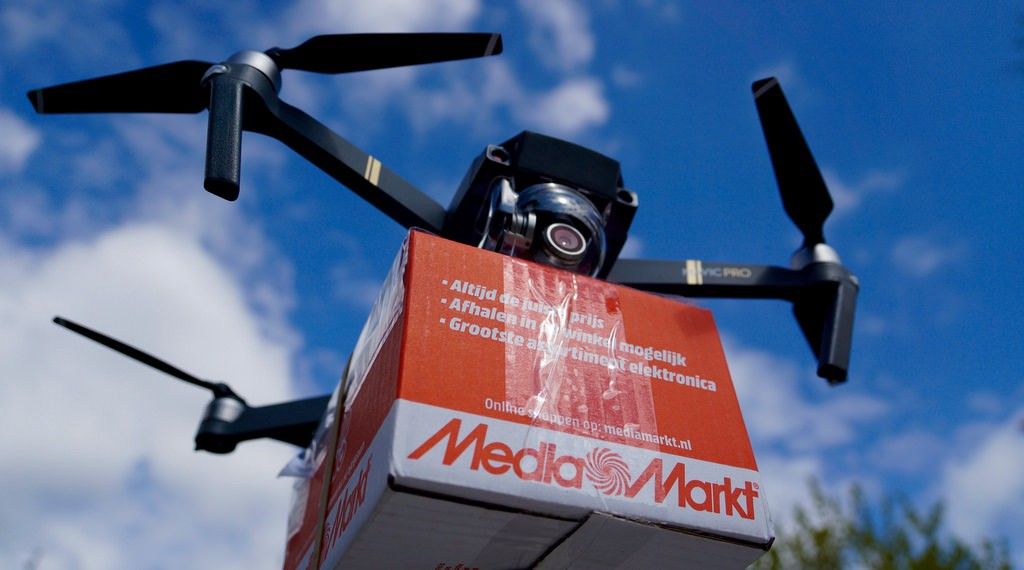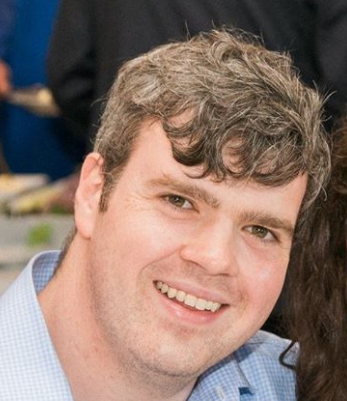My writing shtick is:
- Find real-world situations that make more sense when you frame them in terms of financial and economic theory: Schelling Points, externalities, carry trades, optionality, the Capital Asset Pricing Model, etc.
- Find examples of other people doing this, and point out that they’re wrong.
This sounds like hypocrisy, but “hypocrisy” is just the outfit nuance wears in public.[1] The specific nuance I’m going for is that there’s a tendency for people to under-theorize in general, but to overshoot once they reify their theories.[2] This holds any time you apply a theoretical model to a real-world situation: if you aren’t thinking of the capital asset pricing model when you judge the risk and reward of different career options, you might behave suboptimally — but if you take CAPM as gospel, you wind up assuming that all undiversifiable risks have offsetting rewards, which is hardly the case.
Having no model means you’re opining at random, but every slopping, ad hoc model can be improved. In the land of the blind, the one-eyed man is king; in a land where everybody has one eye, depth perception is still a big advantage.
The Coasian View
There’s one thinker I turn to a lot when I’m looking at a question like this: Ronald Coase. Coase was an economist who specialized in mapping the mysterious territory between theory and practice.
Coase basically wrote a synthesis between Econ 101 and Criticizing Econ 101: he acknowledges all the usual rules — supply and demand curves, thinking on the margin, etc. And he concedes that the assumptions are unrealistic: nobody is perfectly motivated by greed, nobody has perfect information. But instead of throwing up his hands in despair, Coase asks where we go from here. After all, if the Econ 101 model makes sense in theory granting a small list of assumptions, that’s another way of saying that those assumptions encapsulate interesting facts about the real world. We don’t have perfect information: what does that mean?
Coase published important works from the 1930s up through the 2010s, addressing this point from different angles. As a sort of fractal commentary on his career, he paired heavy theorizing with original research. For example, Coase developed a body of theory arguing that some products that people think of as public goods (i.e. products that provide value to society in a way that’s hard to charge for) could, in fact, be privatized. The textbook example of a product that can’t be privatized is a lighthouse; Coase found counterexamples.
Where Coase gets interesting is when he starts questioning some of the other abstractions we’re used to relying on. For example, when we talk about economic actors, we talk about people who own stuff. What does it mean to “own” your house, for example? It means you sleep there, and if somebody tries to break in, you’re within your rights to call the cops. But how far up and down does that ownership extend? Do you own the minerals underneath your house? Do you own the airspace above it? And what’s the breadth of that ownership — you can sleep there, sure, but can you operate a hotel? A brothel? A distillery? A tannery?
The way I thought about this pre-Coase was that ownership is absolute, and there are some other rules. But that’s a recipe for confusion and litigation. The Coasian approach is to say that property rights are a bundle of rights, and while they’re associated with physical places and things, rights determine what you can do, not what you own.
This mindset is rooted in Coase’s go-to approach, which is to think in terms of bargains and transaction costs. This is hard to think about in a steady state, because we have a pretty good idea of what ownership entails for most of the things we own. Usually, if two people disagree about whether or not one of them can use their property in a certain way, one of them is identifiably in the wrong. We’ve had some form of property rights for millennia, but it didn’t occur to anyone to question them this way until Coase came along.
Why?
Because technology redefines what we can do with what we own. In a Coasian world, it creates a new kind of property right, whose ownership is undefined. Uber and Lyft created a right to operate a taxi service, which was automatically bundled with car ownership. And then the taxi medallion owners argued that actually, the right to operate a taxi is bundled with the medallion instead. Both sides have had to fight that out in court, repeatedly. This is a fractal demonstration of what Coase believed; a lot of his research delved into English common law to determine when and how property rights came to be defined. And, more literally, he was an economist who spent most of his career teaching at U Chicago’s law school.
But you might already have an opinion about Uber. Let’s take a hypothetical scenario: you’re hungry, so you order lunch via Tacocopter. The drone delivers the meal right to your apartment’s balcony — or tries, but on the way it collides with an Airware drone that’s assessing some property damage in the neighborhood. Whose airspace was violated? Yours? Your landlord’s? Tacocopter’s? Airware’s?

Above, an economic paradox arrives via express delivery.
Every specific answer is the wrong answer; the common law tradition is “I don’t know; let’s figure it out.” What Coase discovered was that you can have economic efficiency even if you decide who gets property rights more or less at random. As long as we know who owns which rights, and as long as it’s possible to trade rights, they’ll naturally end up owned by the highest bidder, who is, as a rough guess, whoever can make the most of them. Granting the rights to one party or another produces a windfall, but it doesn’t have abig impact on the final outcome: the winner is whoever can use them.
In a hypothetical world where medallion owners own 100% of the rights to use use cars as taxis, ride sharing can still exist: there’s still more money in operating an app-based ride-sharing business rather than a street-hails-only one. In that world, ride sharing companies buy the medallion owners’ right to operate taxis, but they keep operating the same way.
This thought experiment, though, introduces a problem, which Coase explored in depth. His model is not quite “the distribution of property rights doesn’t matter, because they’ll wind up in the hands of whoever can use them most effectively.” It’s actually that, plus “assuming transaction costs are zero,” and of course they’re not. Thinking back to the practical definition of economic models — not as a statement about what’s true, but as a statement about what theoretically assumptions are being violated when the real world doesn’t conform to the model — we can say that the Coasian approach to regulation is to actively look for cases where negotiation is harder than it otherwise would be. For example, you might default to granting property rights to a) large organizations (who are more likely to do the math and figure out how to price them well), or b) to new startups, who are more likely to be capital-constrained and thus unable to buy the property rights they need to operate effectively.
I recognize that these two conclusions are polar opposites. Always a bummer when that happens.
Really, Coase is sketching out a way to think about tradeoffs, not a way to optimize behavior. If you’re pretty sure things are close to optimal already, and we run a greater risk from imprecision than inaccuracy, you should be biased towards letting large, well-run incumbents inherit implicit property rights once they’re made explicit. If you think the economy can benefit from more disruption, you should be biased in the other direction; treating new property rights as a de facto subsidy for the scrappy companies that make them necessary.
Property Rights are Everywhere
Once you know what to look for, you see uncertain property rights everywhere: whenever technology or social norms change in a way that produces conflict and uncertainty. When I first went online (AOL, mid-1990s), I had a sort of fundamental right to non-distraction: a lot of the Internet was in Times New Roman with no images; the only design feature was the blue hyperlink. Now, the Internet is a more hostile environment, with apps begging for attention via push notifications, lightboxes, and banners. Did I have a right to be un-distracted? Is an alert a teeny tiny tort?
There’s a sense in which this is a nonsense question, but in another sense it’s a crucial one: in a world where our lives are mediated by screens, someone interacting with you through a screen is very much doing something to you. And “don’t do things to others without their consent” is a rough approximation of the baseline legal and social assumption we make. (Etiquette is a set of social safe harbors telling you what level of imposition on strangers is tolerable — you can think of it as the output of a Coasian process to determine what level of rudeness is so minor as to be not worth punishing, and to declare such rudeness polite by default.)
When a Coasian rides public transportation, he sees an ongoing negotiation about what rights-of-way and rights-to-space commuters have. On an empty subway, you have a right to place a bag on the seat next to you. When the subway’s full, you lose that right, and are subject to ad hoc enforcement mechanisms (San Francisco: passive-aggressive glares; New York: high-decibel expletives).
The world turns out to be full of Coasian bargains. When you internalize Coase, a lot clicks into place. Earlier I enumerated the three markets for advice, two of which are informal — one is cast as a purely social thing, but it’s really trading insights for ego-stroking; another is ostensibly a financial transaction, but is actually about buying advice for equity. Social norms are a Coasian bargain; instead of determining what’s permissible on an ad hoc basis, we set general rules, which we enforce through shaming. Relationships are full of Coasian deals, too; my wife and I could Venmo each other in exchange for watching the kids, but we’ve found a better way.
A lot of theoretical economics describes our hero, Homo Economicus, on his long-term quest to maximize npv(log(hedons)). For a completely unrealistic model, it’s a surprisingly good description of the real world. We really do try to maximize happiness, for some value of happiness, most of the time. But in practical terms, economics is about 1% theorizing and about 99% using theories to illuminate the complexities of the real world. And Coase is the best place to start.

 Byrne Hobart
Byrne Hobart